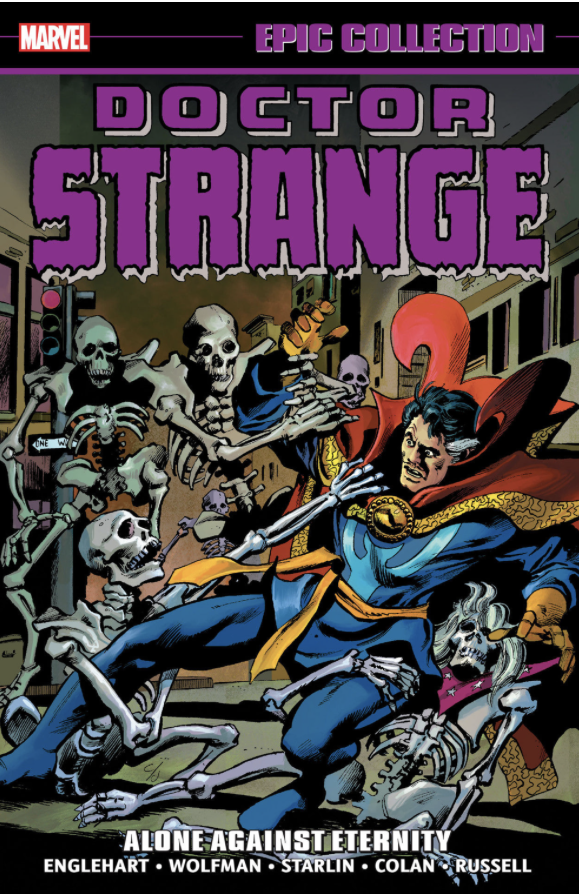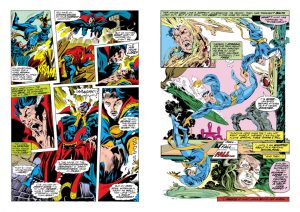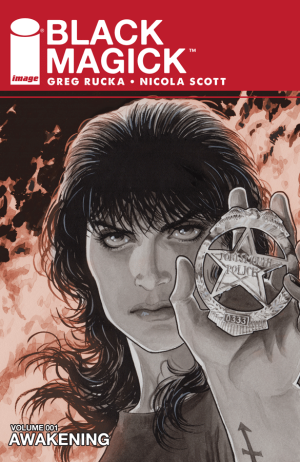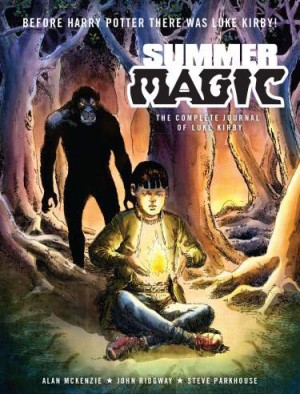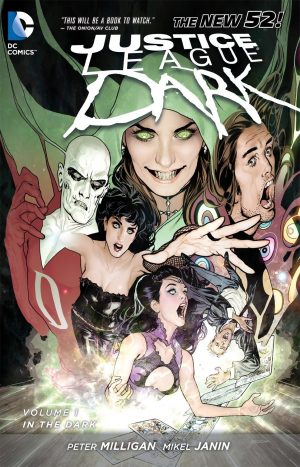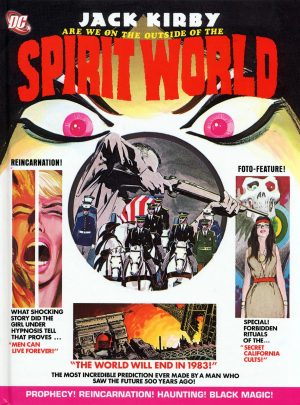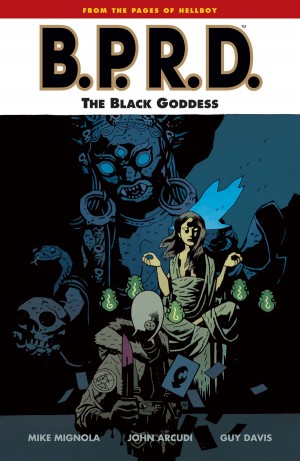Review by Graham Johnstone
Alone Against Eternity, is the fourth of Marvel’s Doctor Strange Epic Collections. It gathers material from 1974 to 1978, previously reprinted in Masterworks 6, and parts of 5 and 7.
The previous volume saw Steve Englehart and artist/co-plotter Frank Brunner send Strange on a metaphysical quest to (somehow) rescue himself and disciple/lover Clea. The creators seemed more interested in the character and ‘philosophical’ aspects of the series, but story ideas are more developed here. After several issues as a prisoner, Clea ventures back to the Dark Dimension to face her past, then Strange attends a party full of his own past selves, including the arrogant surgeon, and self-pitying alcoholic. Englehart wisely avoids over-populating the series with new mystics. A biblical foe feels misplaced, but recurring characters The Ancient One, Dormammu, Umar, Nightmare, and Eternity, are well used. A crossover with Tomb of Dracula (reviewed here) impresses. The results are memorable uses of the magical to address the real. Englehart’s strength is the impact on the character: the aftermath of his vampire encounter, his relationship with Clea, and the burdens of responsibility and knowledge.
The impending American Bicentennial prompts the strongest story, with Strange and Clea travelling back to key moments in the development of the United States. In Britain in 1618 they meet statesman/philosopher Sir Francis Bacon, author of the Utopian novel New Atlantis, and “guiding spirit” of Britain’s colonies in America. Englehart works the ‘missing’ second part of Bacon’s book, neatly into the story. The next instalment involves founding father Benjamin Franklin, and plays out well, including hints of illicit romance with Clea. The teased ‘…Fate of Doctor Strange’, sadly never appeared as Englehart quit Marvel in March 1976. It’s a loss, as it was that writer’s strongest storyline, and a sad echo of Ditko’s Eternity saga thwarted by his similarly abrupt departure from Marvel.
Series editor Marv Wolfman, an excellent writer elsewhere, steps in as scripter. He summarily disposes of the Bicentennial story, and demotes Strange from the ill-defined role of Sorcerer Supreme. If Wolfman wanted to draw the character back to more earthly concerns, as Roy Thomas had done (Volume 3), there’s no hint of it, with Strange involved in the same inter-dimensional god-bothering. This time, it’s with hooded (non) entities The Creators, (who want to destroy his/our universe). This sends Strange into other realms Phaseworld and the Quadriverse. Memorable moments include the boar-headed ‘Dr Stranger Yet’, The Ancient One’s back-alley return to Earth, and a confused Clea throwing spells at Police and civilians. But these are undermined by the fantasy barrel-scrapings of a rescued damsel and medieval knight flying an eagle. The Quadriverse itself proves anti-climactic, with Strange summarily navigating all four sectors and passing their supposed challenges, without fanfare until a denouement explanation.
The book opens as penciller Gene Colan returns. He’s soon joined by inker/finisher/colourist Tom Palmer to deliver their second ’spellbinding’ run on the series (featured image, left). The duo leave the title with Englehart, halfway through this collection. P. Craig Russell, (admired on Killraven), co-plots, pencils, inks and colours a double-length Annual, indicating a labour of love. He delivers some elegant page designs highlighting the magical world and effects (featured image, right). However, most of Russell’s skill goes into the achingly beautiful line-work: then looking like the future, but now possessing a period charm. Masters of mystic artwork Jim Starlin and Tom Sutton, are mismatched with inkers Rudy Nebres and Ernie Chua, whose intricate traditional rendering would find a better home in Marvel’s black and white magazines.
Such collections are typically mixed, but two hundred pages of peak Englehart/Colan/Palmer tip the scales for this, with the Russell story a bonus.
